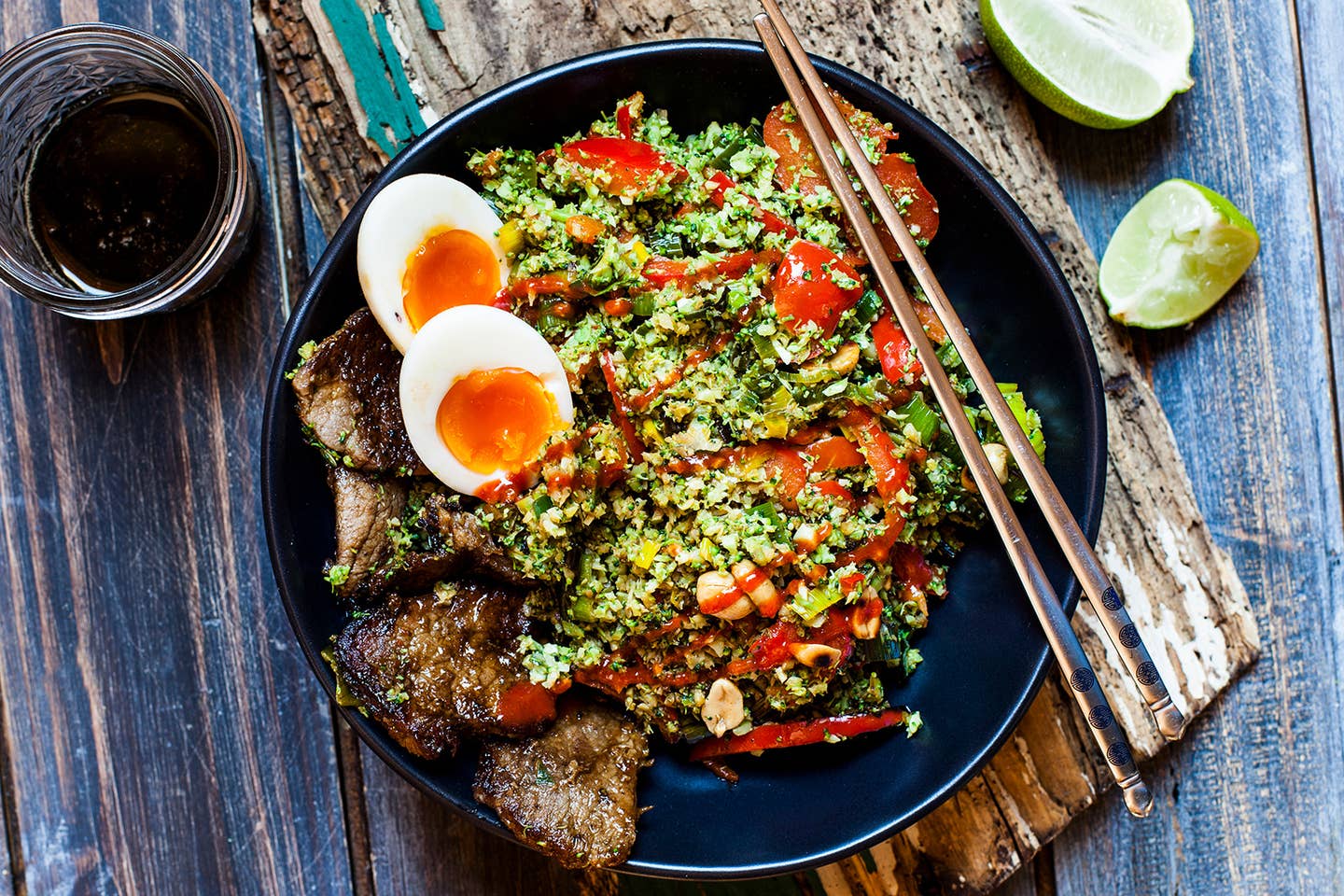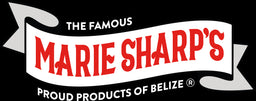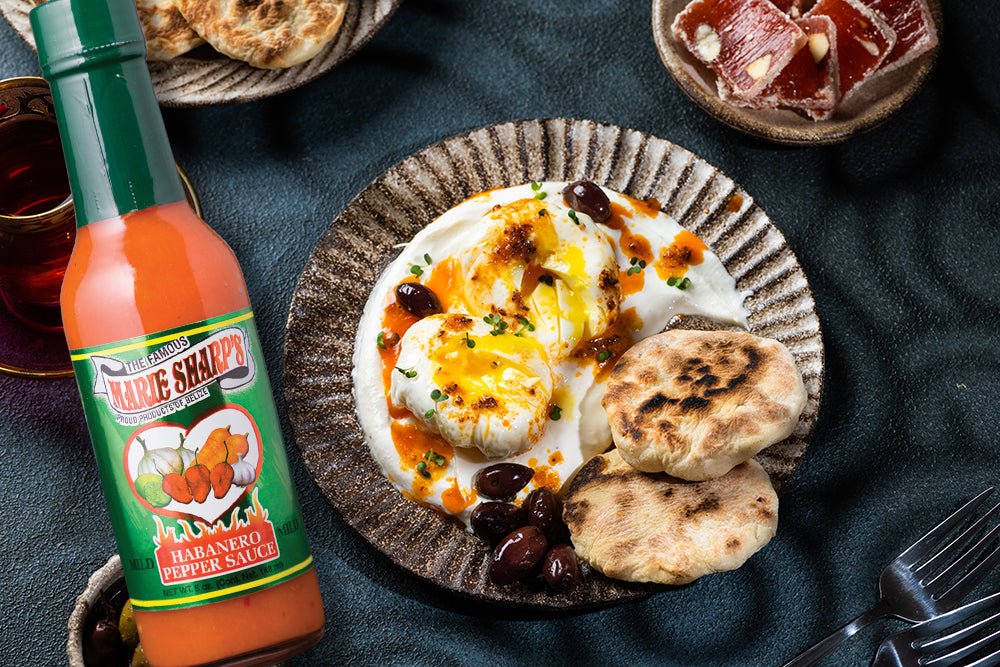Saveur | By Naomi Tomky | September 29, 2021
Hot sauce, like all condiments, holds the power to enhance a dish or the risk of totally overwhelming it. But its invigorating, enjoyable physiological effects are unique, as capsaicin triggers nerve receptors like an actual burn.
Finding the best hot sauce for you, or for your dish, is all about having fun, says Chaimberg. “It’s about discovery and exploring and learning something new in a fun environment. As long as it tastes good to you, you’re doing the right thing.”
It helps to have a few ideas of what you’re looking for in order to get started, so we tasted through a huge selection in a variety of different styles in order to find the best hot sauces. Start by sampling a few stand-outs, and maybe you’ll be inspired to even make your own.
Many of the sauces from the 40-year-old company out of Belize rivaled the winners in other categories, but it stood out strongest as the front-runner among the mild sauces. While other companies leaned on creaminess, fruit, or garlic to achieve big flavors without added spice, Marie Sharp’s mild version kept pepper flavor as the star of the show. The carrot-based sauce also keeps a hint of heat, but it leaves the tongue quickly, making it an excellent beginner option for people looking to add more heat. Marie Sharp’s Orange Pulp Habanero hits just a little higher on the heat scale and delivered excellent, original flavor, making it a good step up from the baseline.

Types of Hot Sauces:
There are many ways to categorize hot sauces. Some go by the main non-pepper ingredient, such as vinegar, fruit, oil, or something else entirely. Others go by the type of pepper, like fruity habanero, measured jalapeño, or ultra-fiery ghost pepper. The interplay of these two categories creates regional styles: Cayenne and vinegar (plus salt) create Louisiana-style hot sauce, and many Mexican-style sauces in the U.S. follow the same formula with a mix of peppers and sometimes garlic too. Chaimberg notes these vinegar-based sauces are a nice way to feature the peppers, as there are minimal flavors to distract.
Many sauces—especially from the Caribbean—rely on a fruit-base (or sweet vegetable) such as papaya, carrots, and tomatoes to both boost the flavor of the peppers and counteract the heat with a little sweetness. Sauces that use an oil base tend to end up a little creamier, with a richness that rounds off sharp edges to counteract some of the heat. On the opposite end of that spectrum, water-based sauces with nothing added tend to magnify the heat. Finally, there are sauces that don’t use actual peppers, using an extract-based formula in pursuit of the hottest heat possible. However, this forces them to shed the actual flavor of the peppers.
Heat Level:
The heat level of a sauce derives from the power of the pepper used to make it, but also depends on the other ingredients and texture of the sauce. The Scoville Scale is often used to quantify the heat of a sauce, but since it is organoleptic (meaning it relies on humans to taste it) and directly measures only the capsaicinoids in pepper, it opens a lot of room for variation. A jalapeño ranks 2,500-8,000 Scoville units and a habanero 150,000-275,000, but that doesn't inherently mean that all habanero sauces are that much spicier than a jalapeño since it depends on quantity, parts of the pepper used, and preparation. That leaves companies to self-label the heat on their own scale. In general, mild sauces have almost no heat and medium just a little, but, from there, brands tend to create their own scale calling the sauces, fiery, hot, hotter, or hottest.
Flavor and Ingredients:
After heat level, Suter asks customers about their preferred flavor profile, which she categorizes as “sweet, smoky, traditional, and garlic-based.” While fruit- and vegetable-based sauces don’t always taste of the original fruit, they almost always fall into that sweet category. Meanwhile, others tend to cross categories, coming out as sweet and smoky, or a traditional sauce with added garlic. The main thing is to figure out what you like and find sauces that fit that profile.
Pairing With Food:
“Usually, fish or grilled chicken pair well with sweeter sauces, meats pair well with more savory sauces, eggs and oysters tend to be more like the traditional Louisiana-style,” says Suter. Chaimberg always starts by tasting his sauces on a spoon so he can get a clean read on the flavor before thinking about pairing it with food. He says rich foods like mac and cheese do well with a vinegar sauce to cut through or juxtapose the high fat content. “It gets more interesting in the mouth.” For grilled salmon, he likes using a fruit-based hot sauce, because the sugar in the fruit will caramelize with the high heat to give a great crust to the fish, and provide some texture. “But as long as you’re having fun, you’re doing it right.”
Best Mild Sauce: Marie Sharp’s Mild Habanero Sauce
Source: The Best Hot Sauce to Spice Up Your Life | Saveur
By NAOMI TOMKY










